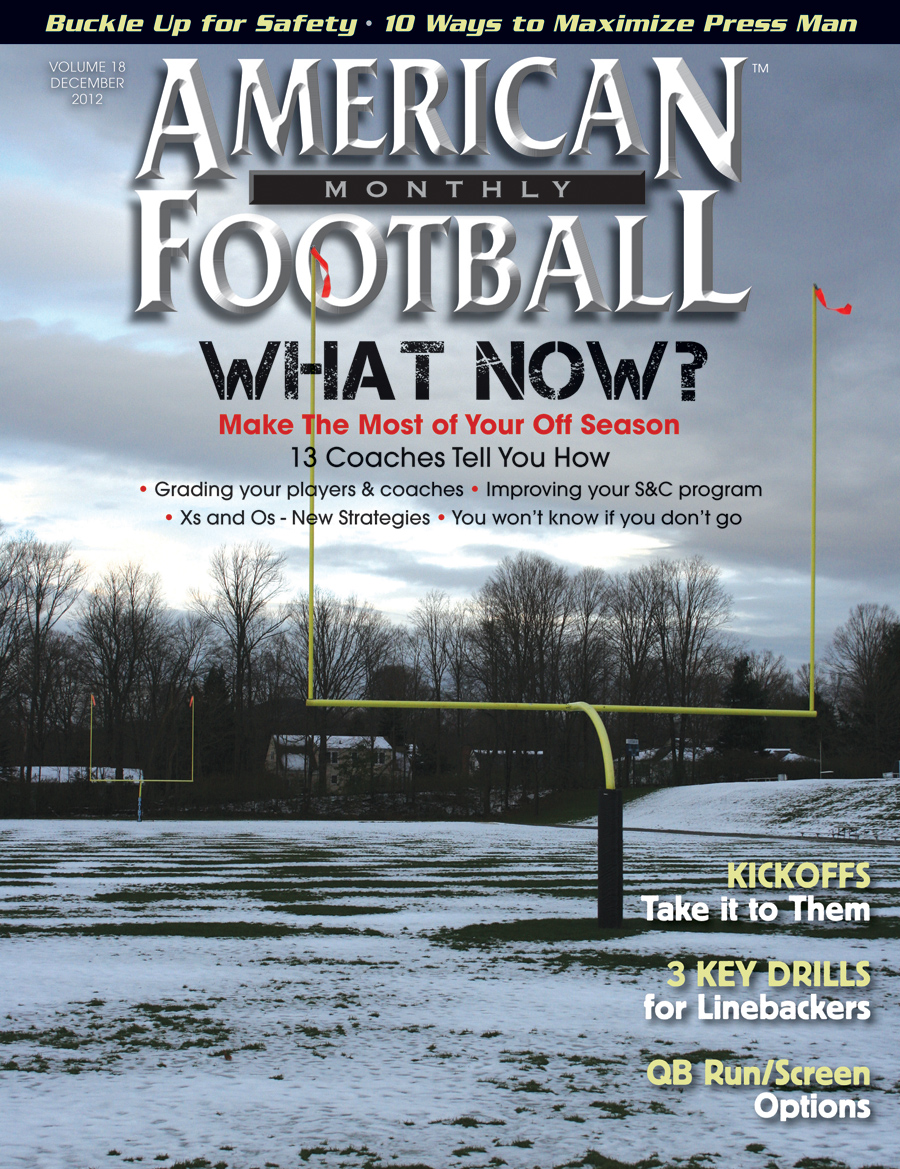Article CategoriesAFM Magazine
|
ALTERNATE TECHNIQUES TO INCREASE UPPER BODY STRENGTHby: Shawn NagelStrength and Conditioning Coach Lindenwood University © More from this issue During this past off-season, we noticed that our percentage of increase in strength for the upper body press had not gone up as a team compared to our increases for the squat and power clean. Obviously, the lower body lift of a squat incorporates larger muscle groups, and both the power clean and squat can increase lower body strength significantly by using proper techniques so there are reasons to see a larger increase with these lifts. However, we also realized that we were not using as many functional and stability training variations to aid in the development of the upper body push strength as we were for many of our other strength building concepts. The reason I use the term “upper body press” instead of bench or incline press is that, if given a choice to bench press or incline press, most athletes will choose the bench....The full article can only be seen by subscribers.
|
|
|||||||
| HOME |
MAGAZINE |
SUBSCRIBE | ONLINE COLUMNISTS | COACHING VIDEOS |
Copyright 2025, AmericanFootballMonthly.com
All Rights Reserved





